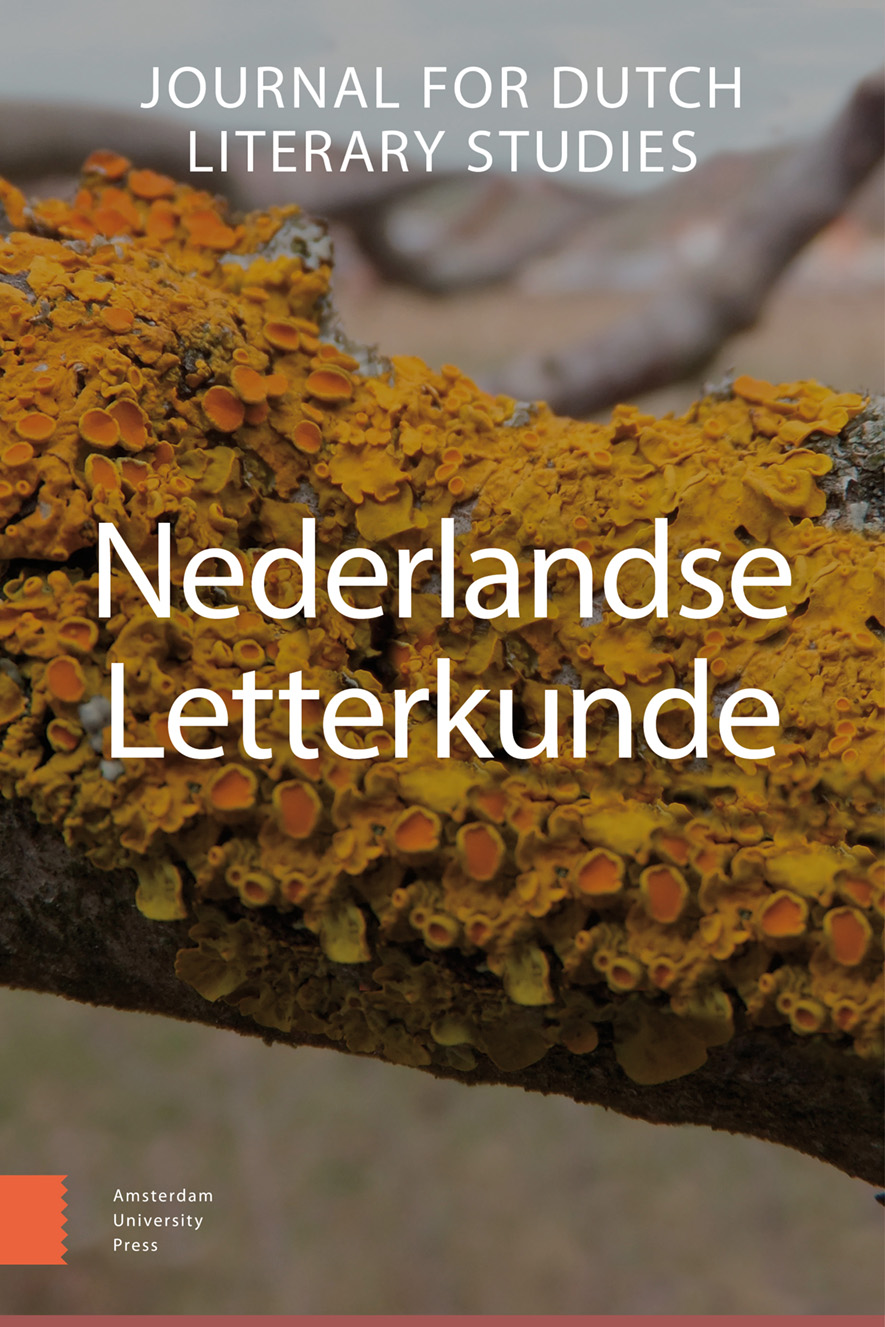-
oa Ieder zijn eigen Saïdjah en Adinda? De narratieve betrokkenheid van vwo-scholieren bij verschillende bewerkingen van Multatuli’s Max Havelaar (1860)
- Amsterdam University Press
- Source: Nederlandse Letterkunde, Volume 27, Issue 1, Jul 2022, p. 84 - 101
-
- 01 Jul 2022
Abstract
This study investigated secondary-school pupil responses to modern adaptations of a historical literary text. In an experiment, 167 Dutch pupils each evaluated one of five versions of a fragment of the canonical Dutch nineteenth-century novel Max Havelaar (1860): original, modern Dutch translation, simplified modern Dutch version, Spike and Suzy comic strip, and graphic novel. Pupils first expressed their opinion about the fragment. They subsequently rated the fragment on four dimensions of narrative engagement (narrative understanding, attentional focus, narrative presence, and emotional engagement) as well as reading enjoyment, and intention to continue reading. Results showed no differences between the text versions in narrative presence, emotional engagement, reading enjoyment, and intention to continue reading. However, the original version was considered more difficult to understand than the simplified modern Dutch and Spike and Suzy comic strip versions. It also led to less attention than the simplified modern Dutch version. Reading enjoyment was relatively high for all versions. Pupils’ opinions reflected different aspects of their reading experience, including narrative engagement, reading enjoyment, language use, content, and the historical reality of the story. Although the quantitative findings suggest that pupils respond in similar ways to different versions of Max Havelaar, the qualitative findings indicate that individual reading experiences can differ.


